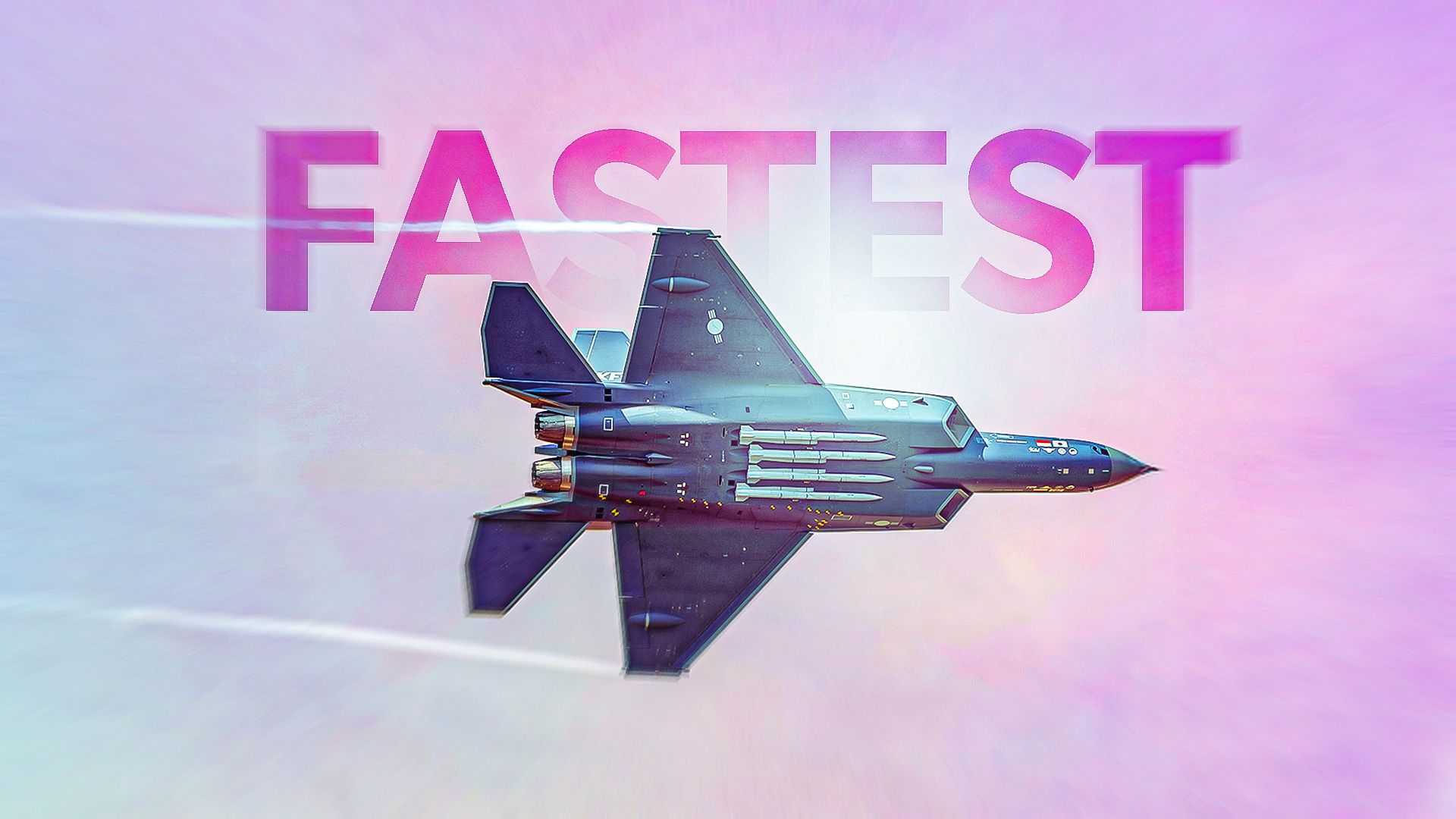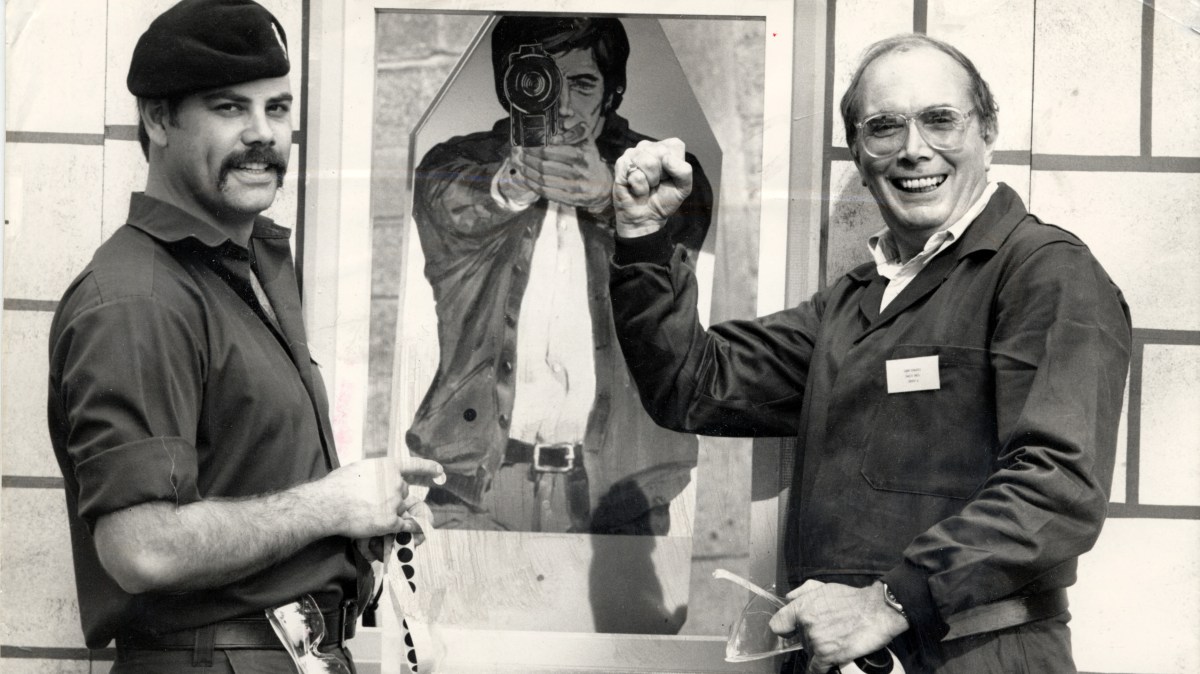The legacy of American air power is marked by a series of extraordinary fighter jets, each contributing to the nation’s military prowess. Among the many metrics used to evaluate these aircraft, speed remains a critical factor. This article examines the five fastest fighter jets ever to serve in the United States Armed Forces, focusing on their performance in combat scenarios rather than experimental designs.
5. McDonnell Douglas F-4 Phantom – Mach 2.23
The McDonnell Douglas F-4 Phantom, introduced in 1960, became renowned as one of America’s most effective supersonic fighters. This aircraft served across multiple branches, including the U.S. Air Force, Navy, and Marine Corps. During the Vietnam War, the F-4 Phantom showcased its speed and agility, quickly establishing itself as a formidable presence in the skies.
Despite its impressive capabilities, the F-4 faced strategic limitations due to its reliance on missiles. In dogfights, particularly against North Vietnamese MiGs, its speed could not always compensate for the lack of close-combat weaponry. The legacy of this aircraft continued well into the 1990s, with its design influencing future fighter development. A total of fourteen nations operated the F-4, including Germany, the United Kingdom, and Israel.
4. Lockheed Martin F-22 Raptor – Mach 2.25
The Lockheed Martin F-22 Raptor, with a top speed of Mach 2.25, stands out not just for speed but for its advanced stealth technology and unparalleled maneuverability. Capable of flying at supersonic speeds without afterburners, the F-22’s “supercruise” ability defines its edge in modern aerial combat.
Equipped with the Pratt & Whitney F119 thrust-vectoring engines, the Raptor executes complex maneuvers that few other aircraft can achieve. Although it may not be the fastest fighter jet, its technological advancements have shifted the focus of air warfare away from pure speed to a combination of stealth and tactical versatility. The F-22 remains a key asset in the United States’ air dominance strategy.
3. Grumman F-14 Tomcat – Mach 2.34
The iconic Grumman F-14 Tomcat, famous for its role in the film “Top Gun,” reached speeds of Mach 2.34. Designed during the Cold War, the F-14 was intended to engage high-speed adversaries and excelled in air superiority missions. Its unique swing-wing design allowed it to adapt to various combat situations, making it a favorite among naval aviators.
Despite its legacy of success, the F-14 was retired due to high operational costs and maintenance challenges. Its successor, the Boeing F/A-18 Hornet, prioritized reliability over raw performance. The F-14’s impact on naval aviation training and its storied history ensure its place in the annals of military aviation.
2. General Dynamics F-111 Aardvark – Mach 2.5
The General Dynamics F-111 Aardvark achieved a top speed exceeding Mach 2.5 at high altitudes. Designed primarily as a strike aircraft during the Vietnam War, the F-111 also served in various roles for nearly five decades. Notably, the EF-111A Raven variant specialized in electronic warfare, marking a significant contribution to aerial tactics.
The F-111 was retired from U.S. Air Force operations in 1998, yet the Royal Australian Air Force continued to operate it until 2010. Its speed and versatility have left a lasting legacy, particularly in the context of aerial combat operations.
1. Boeing F-15 Eagle – Mach 2.5+
Topping the list is the legendary Boeing F-15 Eagle, which boasts a top speed of over Mach 2.5 and an impressive combat record of zero losses. Since its introduction in the 1970s, the F-15 has become synonymous with air superiority, achieving over 100 air-to-air victories.
The latest variant, the F-15EX “Eagle II”, continues to push the boundaries of speed and performance. Boeing recently reported that the Eagle II reached close to Mach 3.0 during testing. As the U.S. Air Force integrates the F-15EX alongside fifth-generation fighters like the F-22 and F-35, its role in future aerial engagements remains pivotal.
In conclusion, these five fighter jets represent the pinnacle of American aviation engineering and combat capability. Their speeds may vary, but each has played a crucial role in shaping air combat strategies and maintaining air superiority for the United States. The legacy of these jets lives on as newer models continue to evolve, ensuring that the U.S. remains at the forefront of aerial warfare.







